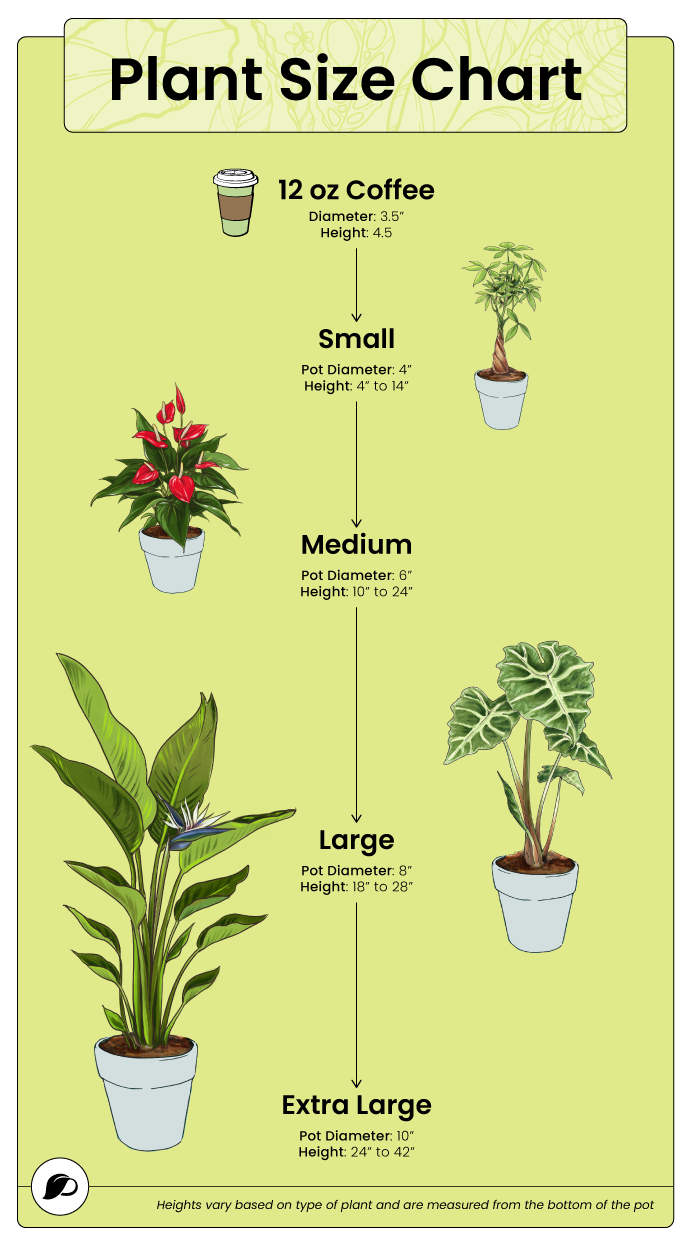Gift Card Balance
Enter the code below to redeem your gift card

The Ficus Tineke (Latin name: Ficus elastica ‘Tineke’ or Ficus elastica robusta ‘Tineke’), also known as the Tineke Rubber Tree, Tineke Fig, or Tineke Rubber Fig, is a striking indoor plant. It’s recognized for its variegated leaves, which feature a mix of creamy white, green, and pink hues. Belonging to the Moraceae family and the Ficus genus, this unique and quite rare plant is native to Southeast Asia and India. Ficus Tineke thrives in USDA hardiness zones 10-11 and can grow to an impressive size of 2-10 feet tall, depending on indoor conditions.
Known for its resilience and relatively easy-care nature, this rubber plant prefers bright, indirect sunlight and can tolerate lower light levels, although its vibrant colors may fade. Symbolically, Ficus plants are often associated with abundance, peace, and wisdom. However, it’s important to note that the Tineke is toxic to pets if ingested, so caution should be exercised if you have cats or dogs at home.
Other popular Ficus varieties available at Lively Root include the Ruby Rubber Tree (Ficus elastica ‘Ruby’), known for its distinctive pink and red-tinted leaves, and the Fiddle Leaf Fig Tree (Ficus lyrata), known for its large leaves and vibrant green colors. The main difference between Tineke and Ruby Rubber plants is their leaf coloration and patterns.
The Tineke Ficus, known for its striking variegated leaves, is a relatively easy-care plant, ideal for beginners and experienced plant enthusiasts alike. Below are some essential care tips to keep your Ficus Tineke thriving.
Ficus Tineke prefers consistent watering, allowing the top inch of soil to dry out between waterings. It thrives in bright, indirect light but can tolerate some direct morning sun. Avoid placing it in low-light areas, as this can cause the variegation to fade.
This plant enjoys warm temperatures between 60-75°F (15-24°C) and does not tolerate cold drafts well. It appreciates higher humidity levels but can adapt to average indoor humidity. If the air is too dry, mist the leaves occasionally or use a humidifier to maintain adequate moisture.
Ficus Tineke prefers well-draining soil, such as a mix designed for houseplants with some perlite added for extra drainage. Repotting is typically needed every 2-3 years or when the plant outgrows its container, ideally in the spring.
Feed your Ficus Tineke with a balanced, water-soluble fertilizer every month during the growing season (spring and summer). Prune to maintain its shape and remove any dead or damaged leaves. Pruning also encourages new growth and keeps the plant looking lush.
Propagate Ficus Tineke through stem cuttings, ideally in spring or summer. Place the cuttings in water or soil until roots develop. Common issues include leaf drop, which can be caused by sudden changes in the environment, overwatering, or underwatering. Yellowing leaves may indicate overwatering, while brown edges often signal insufficient humidity or exposure to cold drafts. Regularly check for pests like spider mites and scale, and treat them promptly if found.
The Tineke Rubber Tree, with its vibrant variegated leaves, makes a striking addition to any home or office. It's versatile and easy to care for, thriving both indoors and in outdoor spaces in warmer climates.
For a beautiful and harmonious indoor garden, consider these companion plants:
If you’re looking for pet-friendly alternatives to the Ficus Tineke, consider these options:
Order your Ficus Tineke from Lively Root today to elevate your indoor space in an instant!
Follow us @livelyroot & show us your #livelyroot plants

